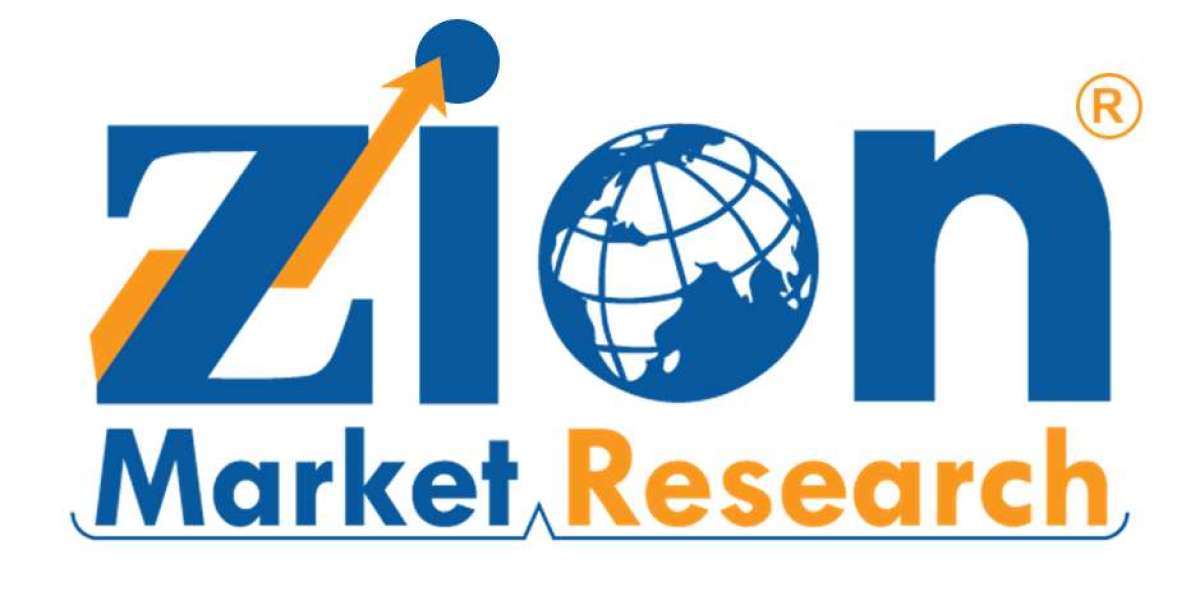The global Hyaluronic Acid Market is experiencing robust growth, valued at USD 12.988 billion in 2024 and projected to reach USD 29.461 billion by 2035, growing at a Compound Annual Growth Rate (CAGR) of 7.9%, according to Fact.MR. This expansion is driven by increasing demand for anti-aging cosmetics, rising prevalence of osteoarthritis, and advancements in minimally invasive aesthetic treatments. This blog explores the market’s dynamics, trends, challenges, and opportunities, shedding light on its transformative potential.
Understanding Hyaluronic Acid
Hyaluronic acid (HA), a naturally occurring polysaccharide found in the human body, is renowned for its moisture-retaining properties, making it a key ingredient in cosmetics, pharmaceuticals, and medical devices. In skincare, HA is used in serums, creams, and dermal fillers to hydrate skin and reduce wrinkles. In medical applications, it is employed in osteoarthritis treatments (viscosupplementation), ophthalmology (eye surgeries), and wound healing. Fact.MR highlights that the cosmetics segment accounts for a significant market share, with dermal fillers driving substantial revenue due to their popularity in aesthetic procedures.
HA’s versatility stems from its molecular weight variations. Low molecular weight HA (LMW-HA) penetrates deeper skin layers for long-lasting hydration, while high molecular weight HA (HMW-HA) provides surface-level effects. This adaptability fuels its demand across diverse applications.
Key Drivers of Market Growth
The market’s growth is propelled by several factors. The rising focus on personal care and aesthetic appearance, fueled by social media and celebrity influence, is a primary driver. Consumers are increasingly seeking anti-aging solutions, with HA-based serums and fillers gaining popularity for their non-invasive benefits. Fact.MR notes that the cosmetic grade segment is a major contributor, driven by demand for anti-wrinkle creams and aesthetic enhancements.
The increasing prevalence of osteoarthritis, particularly among aging populations, is another key driver. HA injections, used in viscosupplementation to lubricate joints and reduce pain, are in high demand. The global rise in joint disorders, coupled with technological advancements in single-injection treatments, supports market expansion. Additionally, HA’s use in ophthalmology, such as in cataract surgeries, accounts for over 22.9% of the market share, driven by its biocompatibility.
Technological advancements and R&D investments are further boosting the market. Innovations like marine-derived HA from jellyfish, promoted for its eco-friendly and cruelty-free properties, are gaining traction in cosmetics and nutraceuticals. Fact.MR reports that the marine hyaluronic acid market is expected to grow at an 11% CAGR through 2033, reflecting sustainability trends.
Market Segmentation and Regional Insights
The market is segmented by grade (cosmetic, food, pharmaceutical), application (aesthetics, osteoarthritis, ophthalmology, others), and region. The cosmetic grade dominates due to widespread use in skincare and fillers, while the pharmaceutical grade is growing rapidly due to medical applications. The aesthetics segment leads in revenue, followed by osteoarthritis treatments.
Regionally, North America holds a significant share, with the U.S. market expected to grow at a 7.3% CAGR through 2035, driven by high cosmetic spending and advanced healthcare infrastructure. East Asia, accounting for 24.6% of the global market by 2034, is another key region, with South Korea projected to grow at an 8% CAGR due to its thriving beauty industry. The Asia-Pacific region, particularly India and China, is expected to see rapid growth, with India’s marine HA market growing at a 10.2% CAGR through 2033, influenced by Western beauty trends.
Emerging Trends
Several trends are shaping the market. The demand for sustainable and cruelty-free ingredients is driving interest in marine-derived HA, extracted from algae or jellyfish, as an alternative to animal-based sources. The rise of minimally invasive aesthetic procedures, such as dermal fillers, is also a key trend, offering quick results with minimal downtime. Additionally, HA’s novel applications in cancer treatment, targeting CD44 receptors for drug delivery, are emerging, expanding its pharmaceutical potential.
The growth of e-commerce and social media influence is transforming distribution channels. Online platforms and beauty influencers are increasing consumer awareness, particularly in emerging markets, boosting HA product sales.
Challenges
The market faces challenges, including high production costs for marine and bio-based HA, which can limit affordability in price-sensitive regions. Regulatory scrutiny over HA’s safety in cosmetics and medical applications, particularly in Europe, requires compliance with stringent standards. Additionally, cultural and religious barriers in some regions, such as objections to animal-derived HA, can hinder adoption.
Opportunities
Opportunities abound in the market. The growing cosmetics industry in Asia-Pacific, coupled with rising disposable incomes, presents untapped potential. Innovations in HA-based nutraceuticals for joint health and anti-aging supplements offer new revenue streams. Strategic partnerships, such as Contipro’s 2021 launch of HyRetin for anti-aging and acne treatment, demonstrate the potential for product diversification.
Competitive Landscape
Key players like Contipro, Bloomage Biotechnology, Seikagaku Corporation, and Givaudan focus on mergers, acquisitions, and product innovation. Seikagaku’s 2020 acquisition of Dalton Chemical Laboratories expanded its R&D capabilities, strengthening its market position.
Future Outlook
With a projected valuation of USD 29.461 billion by 2035 and a CAGR of 7.9%, the Hyaluronic Acid Market is set for dynamic growth. Its versatility in cosmetics, medical treatments, and emerging applications, combined with sustainability trends, ensures strong demand. By addressing challenges through innovation and regulatory compliance, stakeholders can capitalize on the market’s potential, positioning HA as a cornerstone of the global beauty and healthcare industries.








